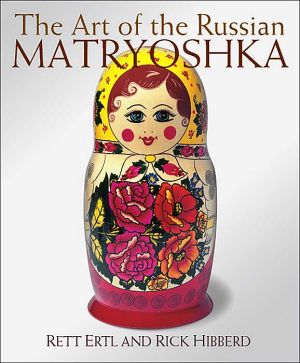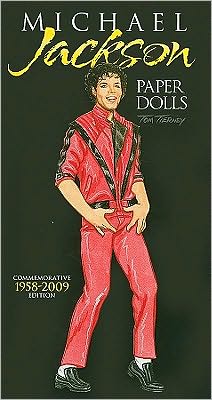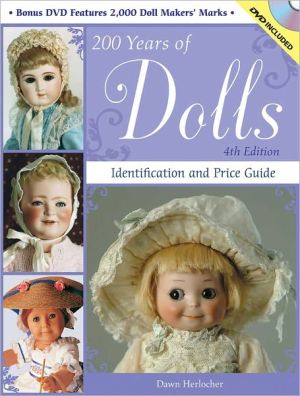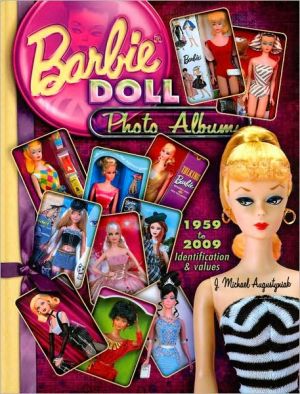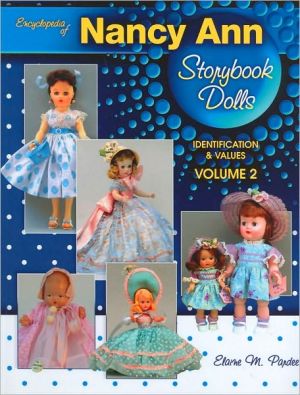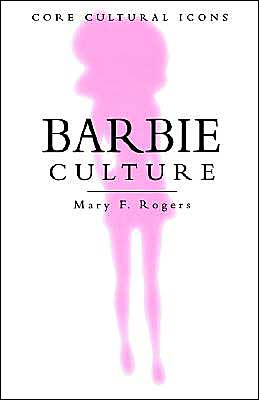The Art of the Russian Matryoshka
Nesting one inside the other, wooden matryoshka dolls are a favorite toy in Russian homes and are collected by enthusiasts around the world. Illustrated throughout with color photographs, this volume tells the story of matryoshka production from the doll's first appearance in the toy making center of Sergiev Posad in 1899 through its contemporary interpretations by entrepreneurial artists. Each step in the manufacturing process—from the cutting of logs through the final lacquering of the...
Search in google:
Nesting one inside the other, wooden matryoshka dolls are a favorite toy in Russian homes and are collected by enthusiasts around the world. Illustrated throughout with color photographs, this volume tells the story of matryoshka production from the doll's first appearance in the toy making center of Sergiev Posad in 1899 through its contemporary interpretations by entrepreneurial artists. Each step in the manufacturing process—from the cutting of logs through the final lacquering of the dolls—is described in detail. Annotation ©2004 Book News, Inc., Portland, ORLibrary JournalNow thoroughly identified with Russia, the wooden nesting doll (matryoshka) was actually introduced into Russia from Japan in the late 19th century. Since its early use as a child's toy, this doll became a source of creative-and sometimes political-expression, as well as a sought-after souvenir and export. Ertl, an importer of Russian crafts, and Hibberd, a longtime advertising executive who spent three years in Russia, offer an illustrated overview of matryoshki that includes 330 color photographs. First is a history of the dolls, typically carved by village craftsmen and -women, and step-by-step explanations of technique. While five pieces are standard, some matryoshki are made of only three pieces, while expensive collectors' dolls may have as many as 40 to 50. All the types and varieties of folk, narrative, traditional, and political themes expressed in the painting of the dolls are treated. Also included are helpful tips for collecting, as readers planning to visit Russia might want to include matryoshka-hunting in their travels after reading this unique book. Recommended for all comprehensive decorative arts and Russian culture collections.-Therese Duzinkiewicz Baker, Western Kentucky Univ. Libs., Bowling Green Copyright 2003 Reed Business Information.
\ Library JournalNow thoroughly identified with Russia, the wooden nesting doll (matryoshka) was actually introduced into Russia from Japan in the late 19th century. Since its early use as a child's toy, this doll became a source of creative-and sometimes political-expression, as well as a sought-after souvenir and export. Ertl, an importer of Russian crafts, and Hibberd, a longtime advertising executive who spent three years in Russia, offer an illustrated overview of matryoshki that includes 330 color photographs. First is a history of the dolls, typically carved by village craftsmen and -women, and step-by-step explanations of technique. While five pieces are standard, some matryoshki are made of only three pieces, while expensive collectors' dolls may have as many as 40 to 50. All the types and varieties of folk, narrative, traditional, and political themes expressed in the painting of the dolls are treated. Also included are helpful tips for collecting, as readers planning to visit Russia might want to include matryoshka-hunting in their travels after reading this unique book. Recommended for all comprehensive decorative arts and Russian culture collections.-Therese Duzinkiewicz Baker, Western Kentucky Univ. Libs., Bowling Green Copyright 2003 Reed Business Information.\ \
